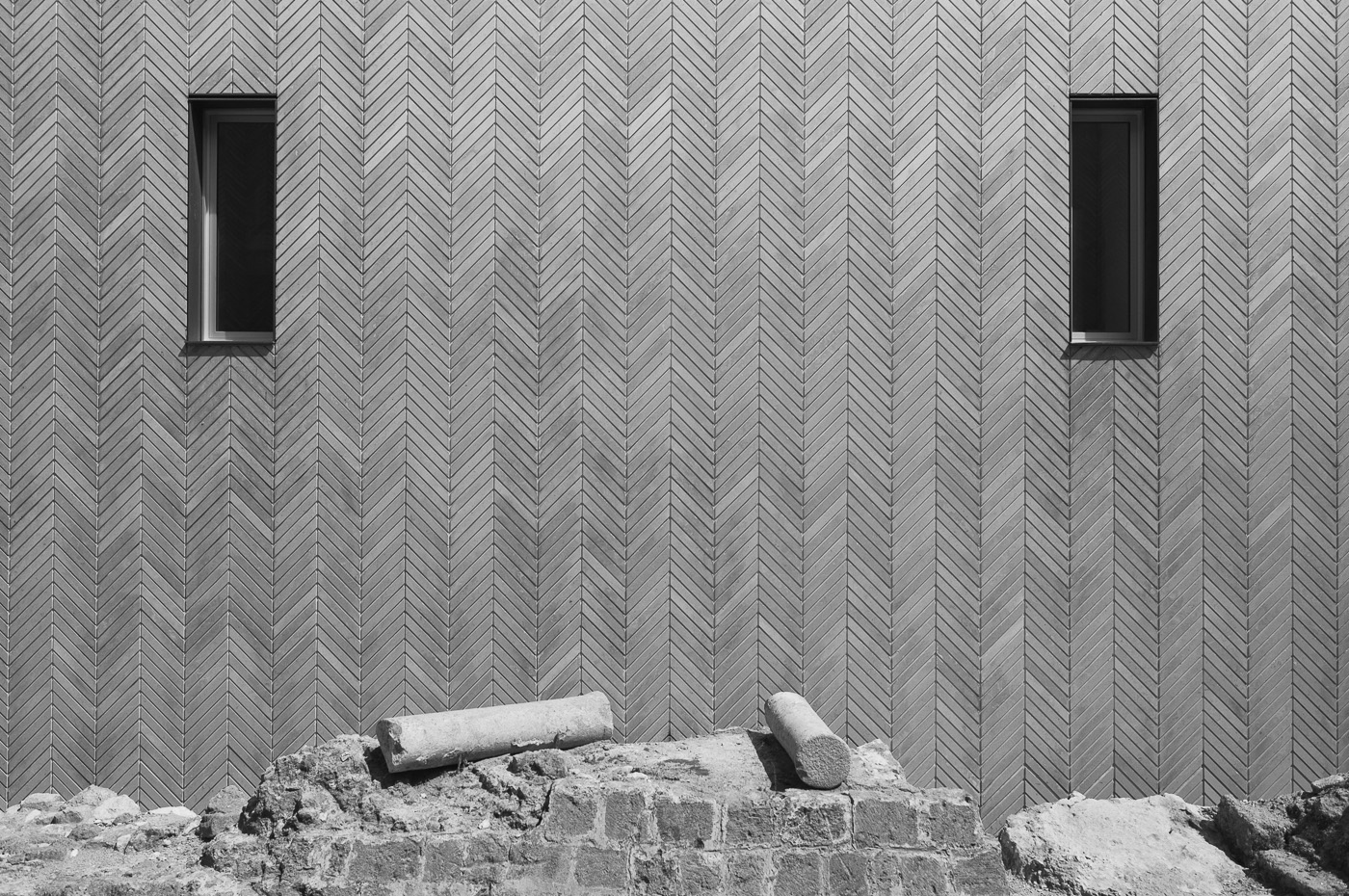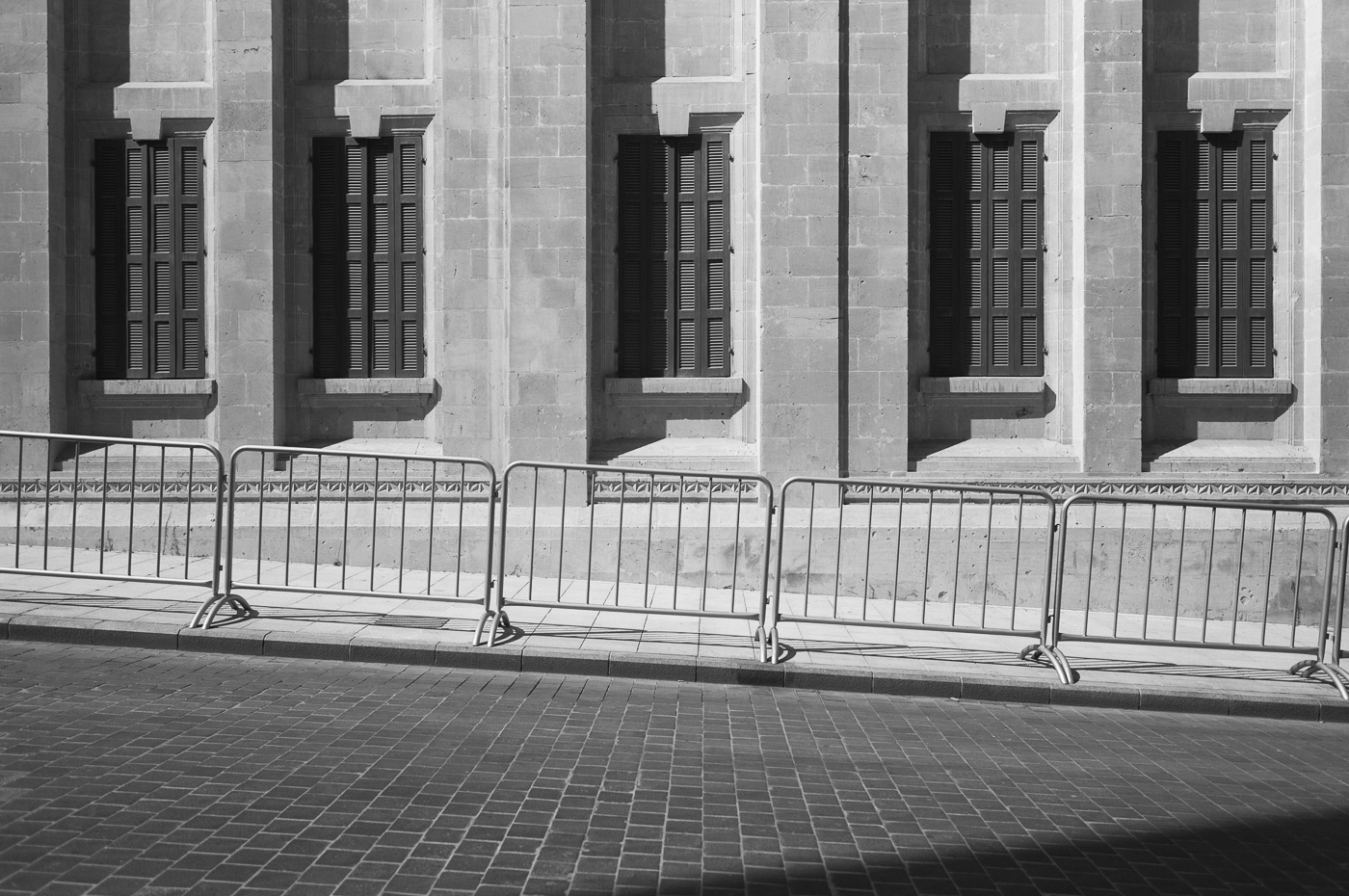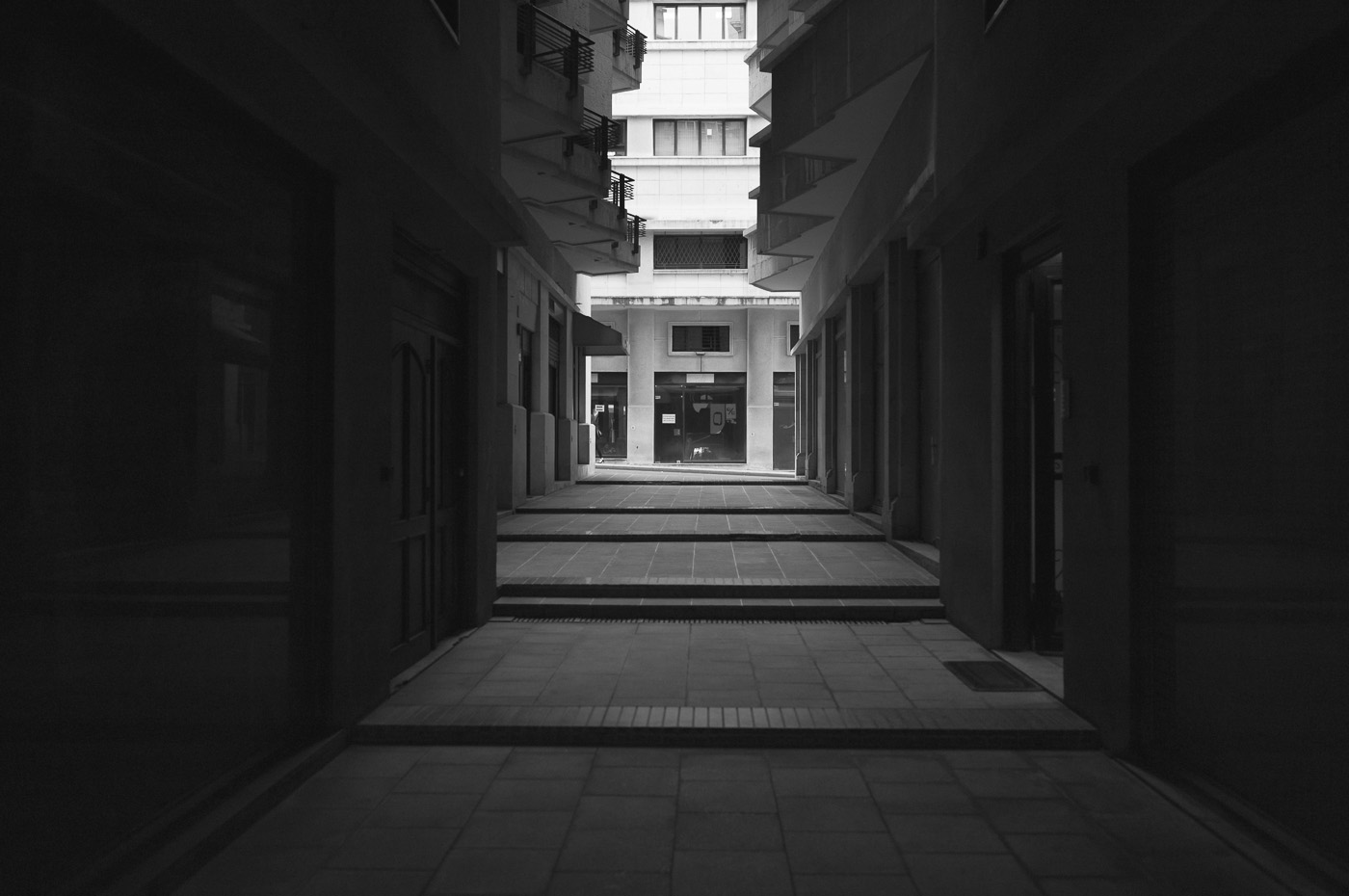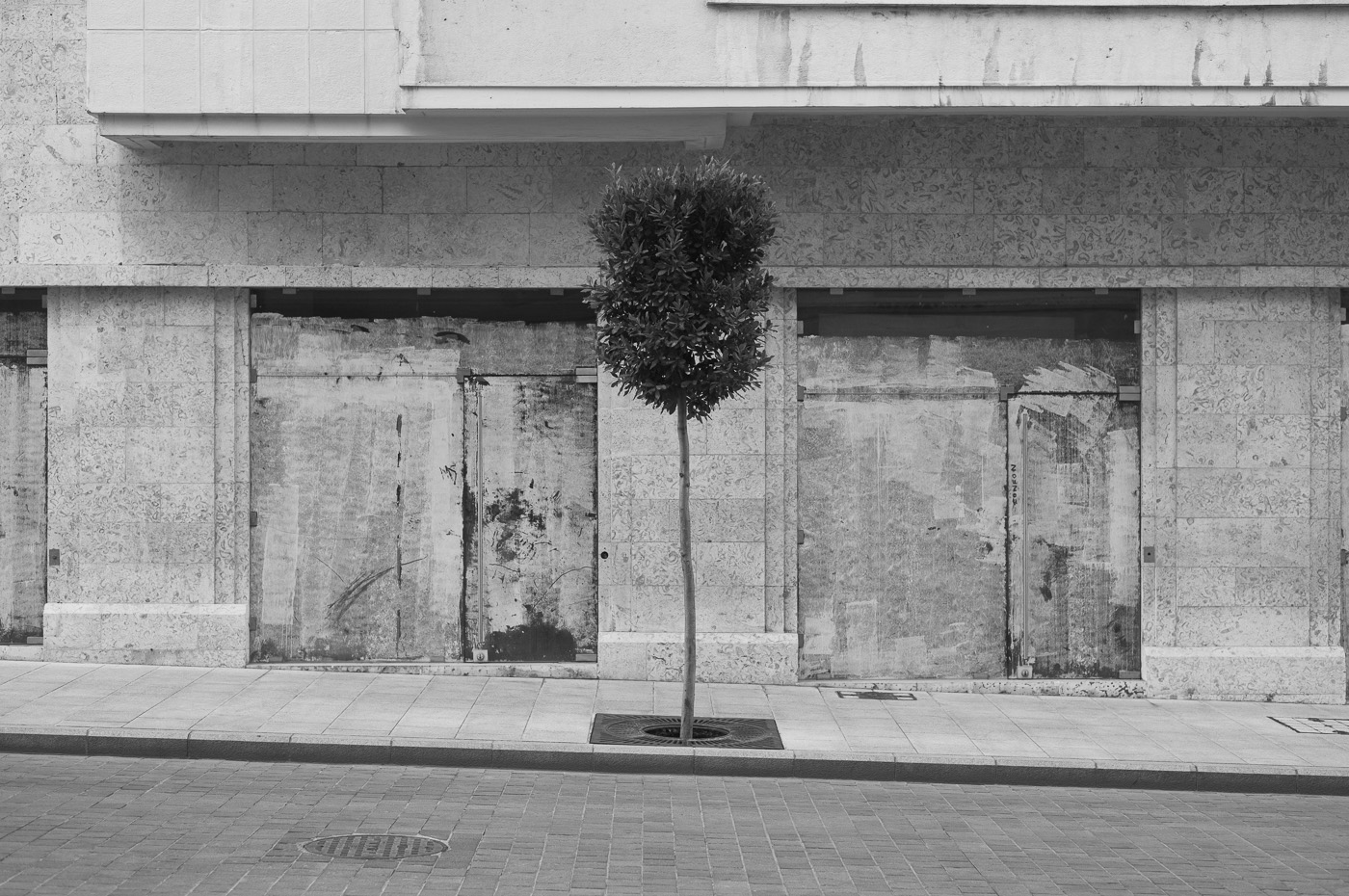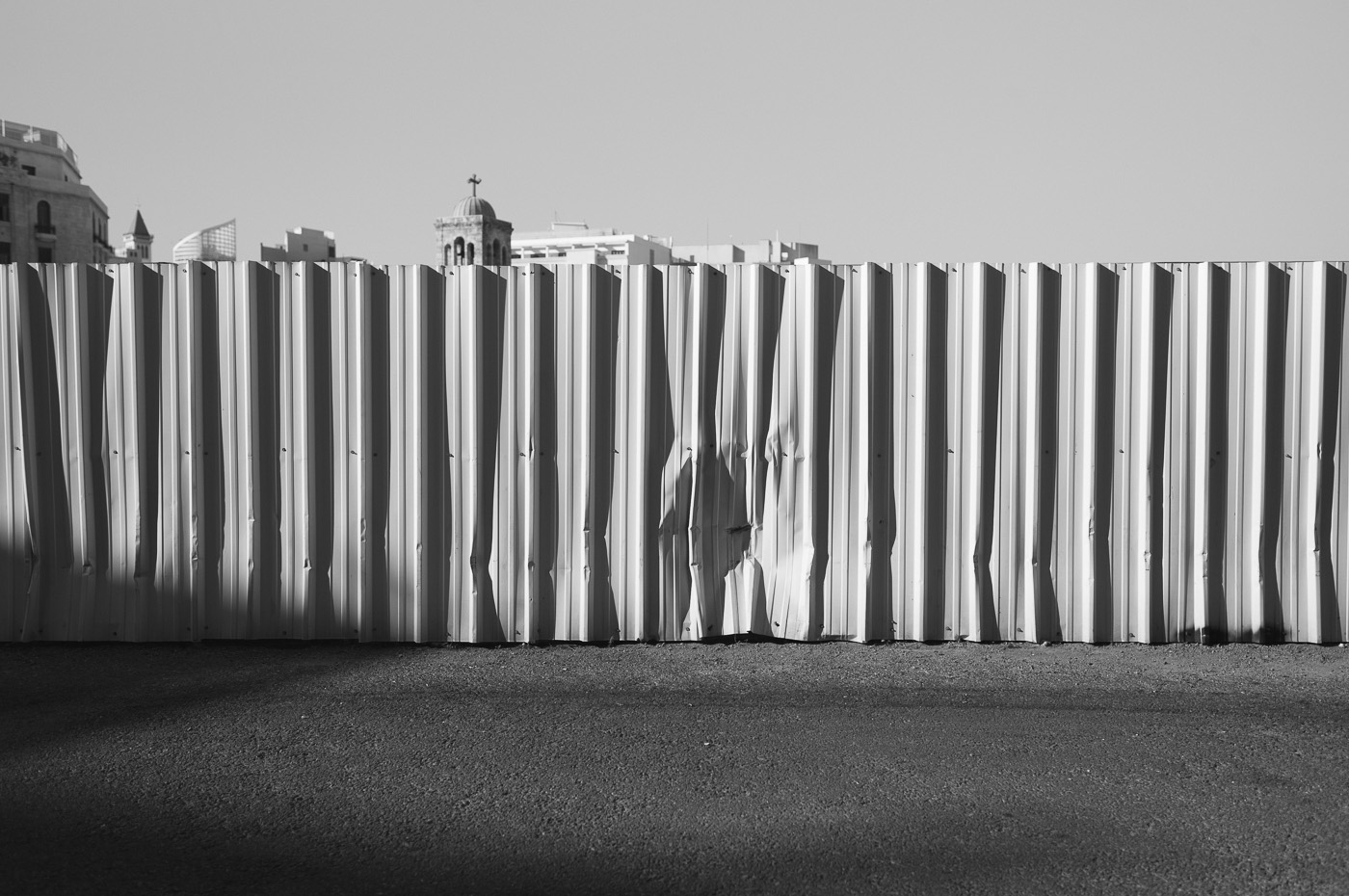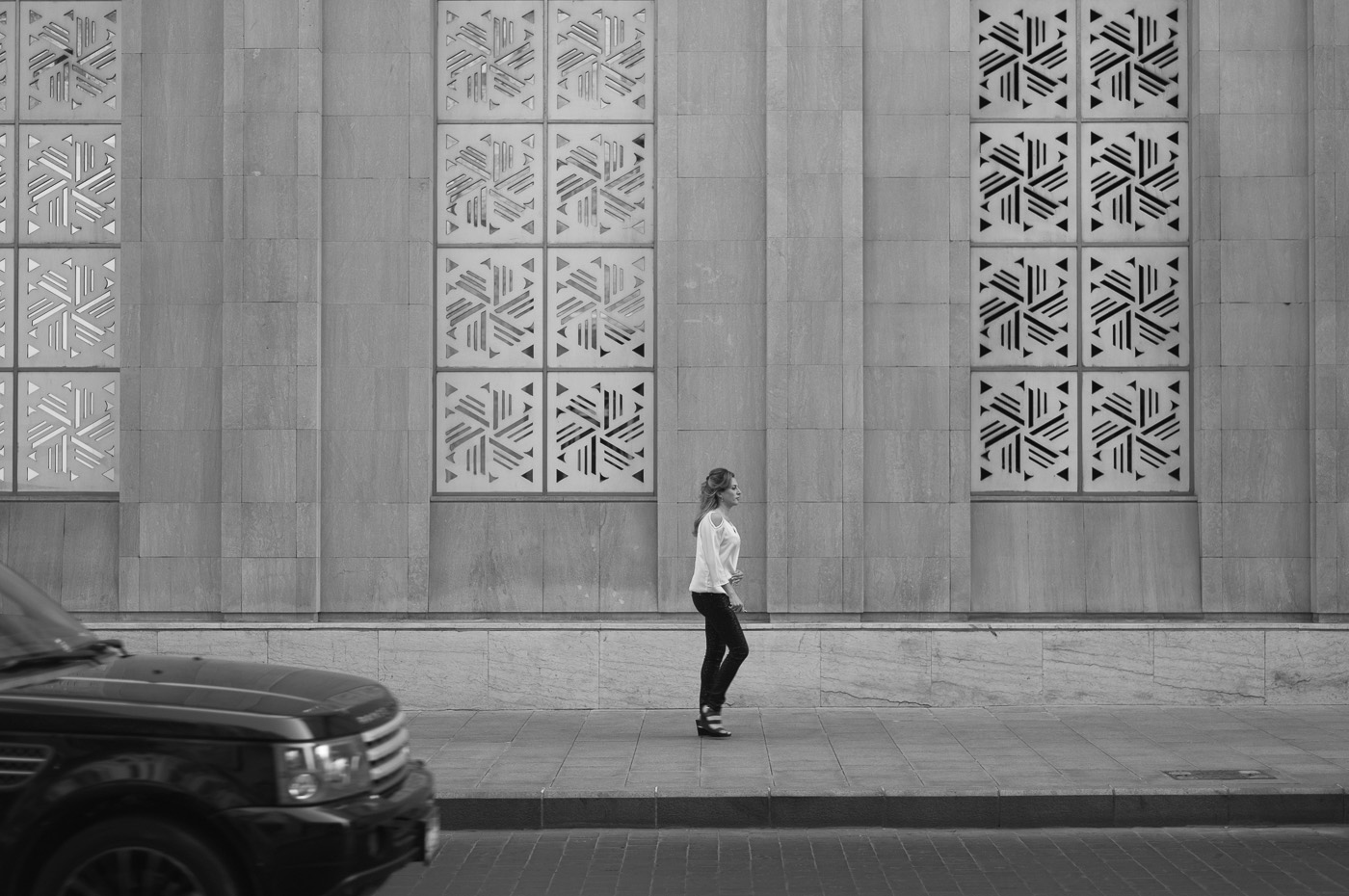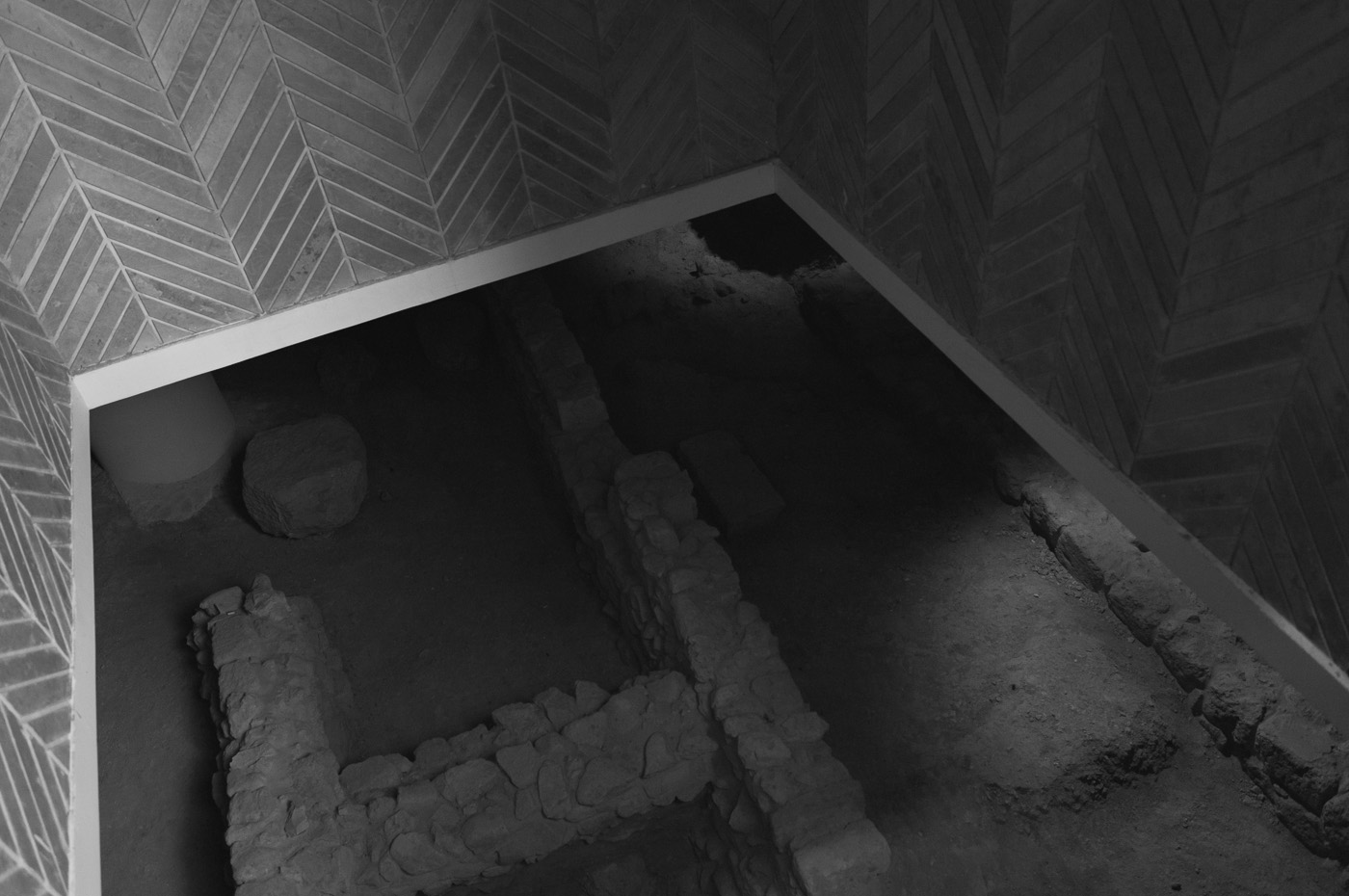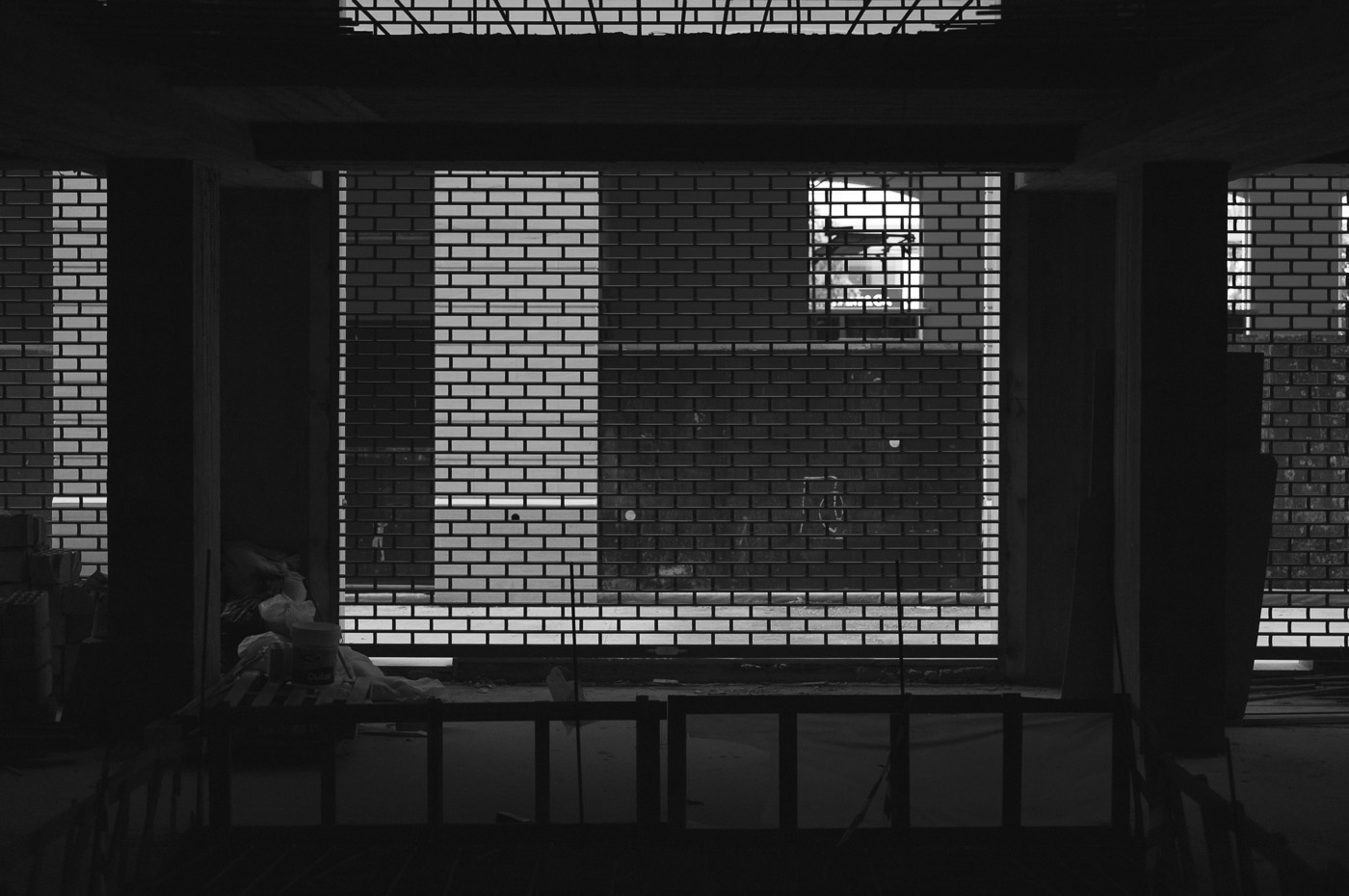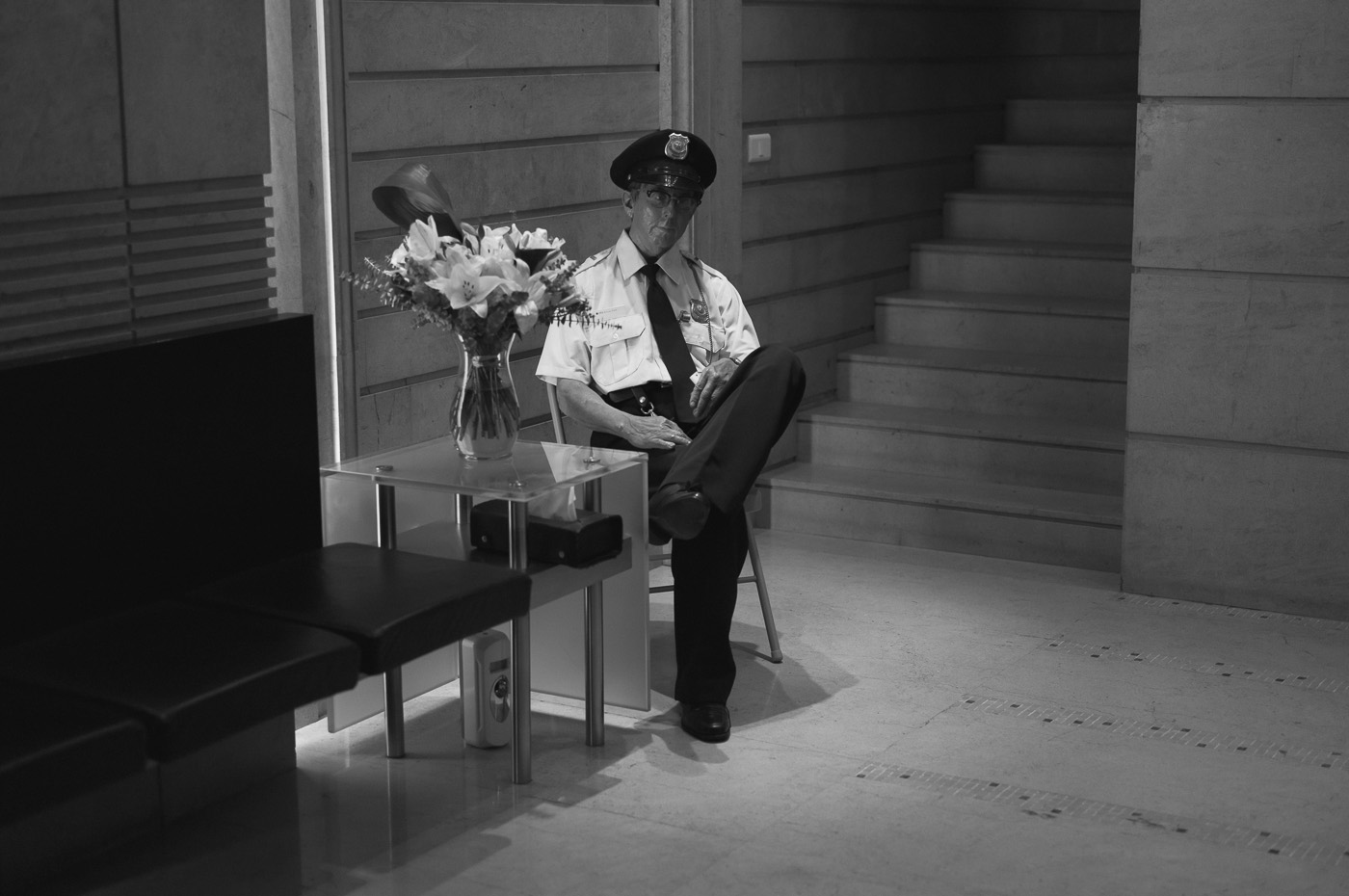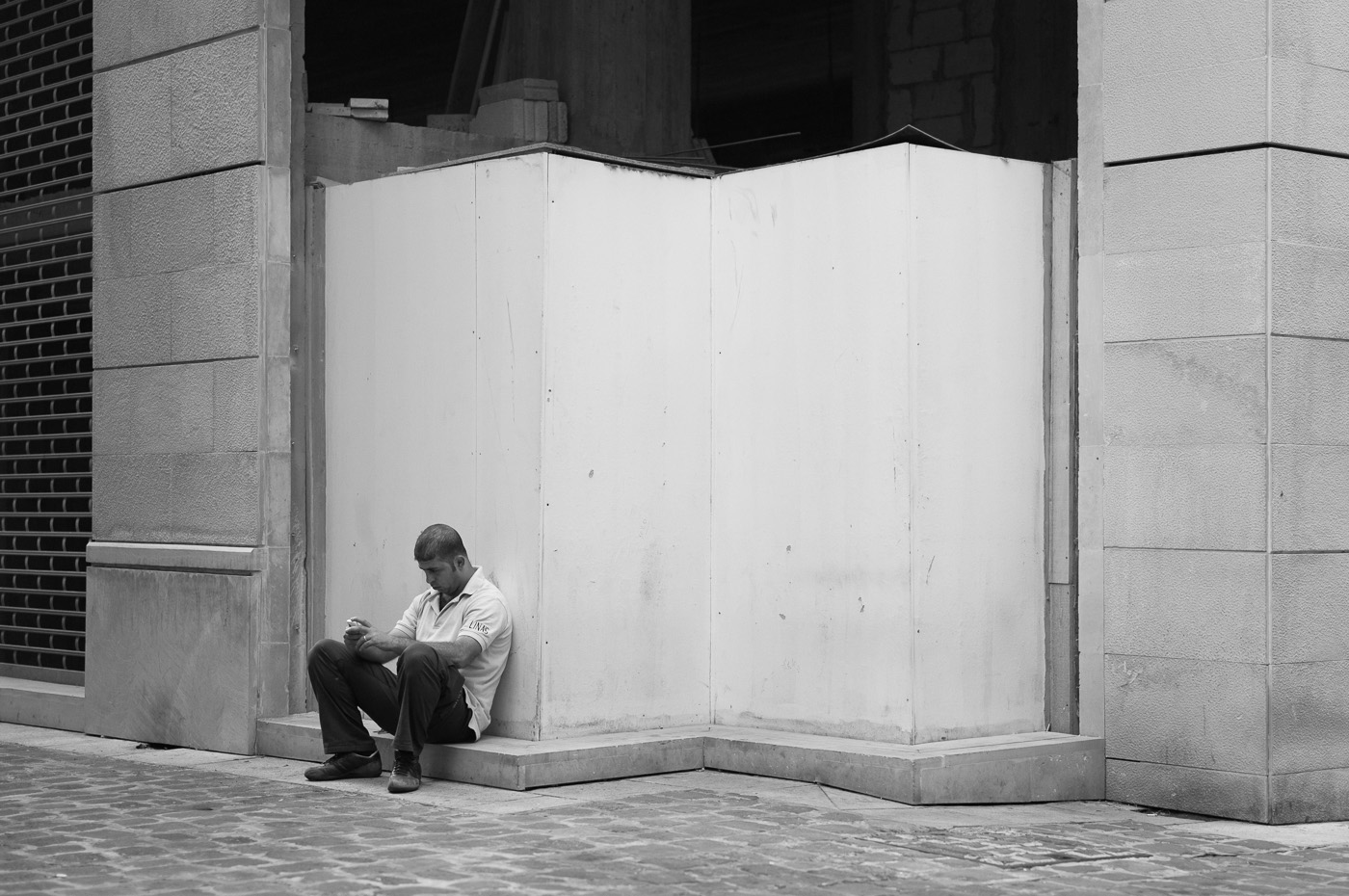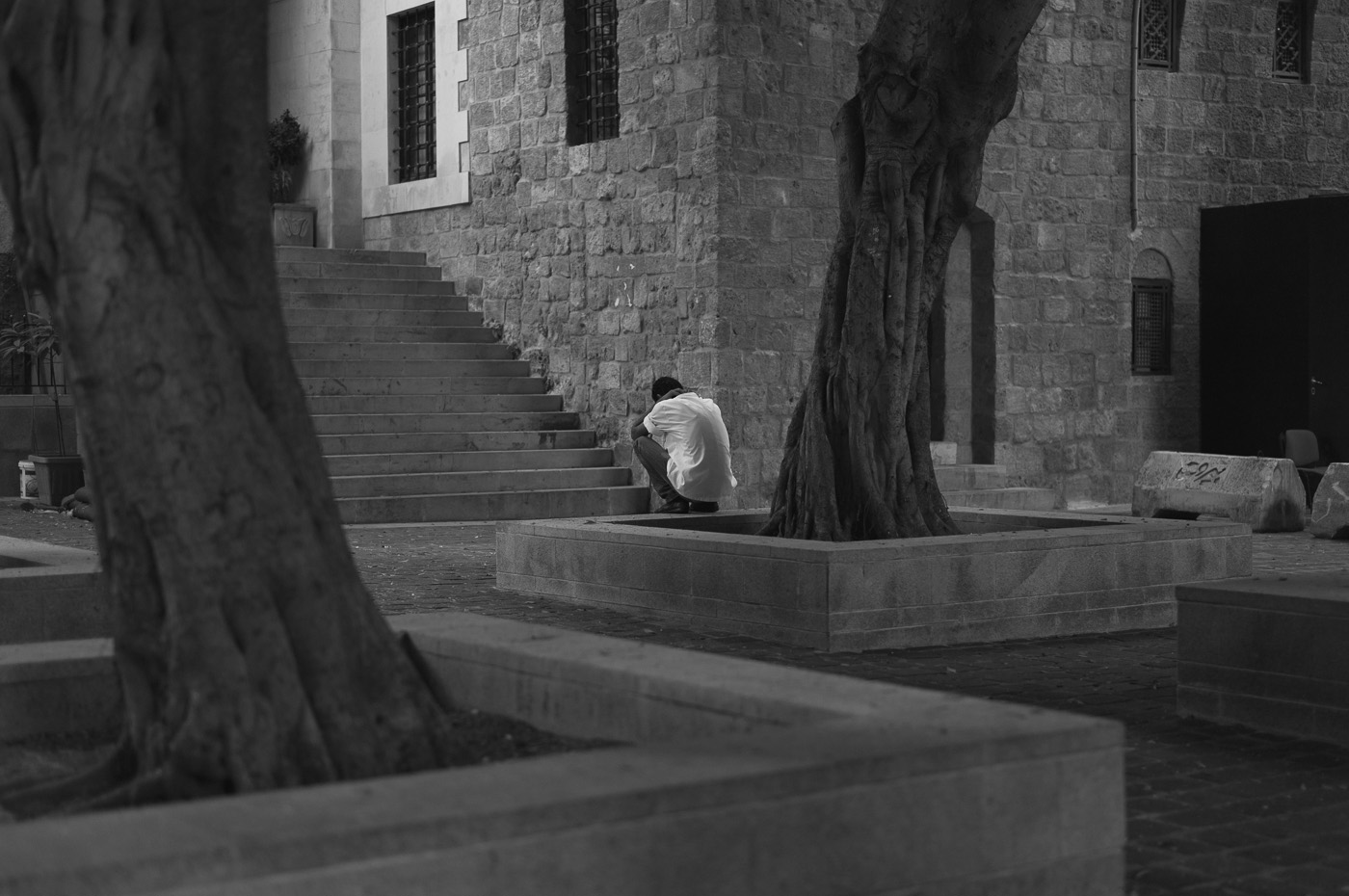Downtown Beirut
As I walk through the clean and empty streets of downtown Beirut, I wonder who the area was built by, and most importantly who it was built for. The area has been destroyed and rebuilt seven times and yet none of the new buildings seem to be willing to tell the whole story. As a Lebanese artist once said: “Downtown Beirut has no memory.”; he could not be more accurate in his description.
A mall - ironically called a souk – has been built on top of Roman and Phoenician ruins; the great majority of the traditional shops have been displaced by showrooms of international brands; and most locals shy away from a neighbourhood now covered in high rises and glass heavy skyscrapers blocking the view to the sea.
Beirut’s city centre resembles more and more what the French philosopher Marc Lauge defines as a “non lieu”, a place that looks the same wherever you find yourself in the world: like MacDonald’s or an airport. But how is this possible – and most importantly acceptable – in one of the Middle Eastern cities with the richest cultural heritage?
This paradox is the catalyst of these photos.
You may notice that only a few people are portrayed in them: migrant workers, a wealthy woman shopping, a kitchen porter resting. You may also notice that the few portrayed people all feel slightly out of place, never acting as the protagonists of the shot but merely as a small part of something larger than themselves that has been built around them. These grey, empty and maybe sterile pictures, are my subjective representation of the area.
Downtowns are historically the place where everyone can meet, where exchanges can be made, where evenings and afternoons with friends and family can be spent. Very little of which is happening in Downtown Beirut and we ought to start asking ourselves why.
I would like to thank Leica Norway for lending me the Leica S2 on which these pictures were shot, and (then) Beirut-based journalist Alberto Mucci and Livia Valensise for helping me out with formulating the project.
